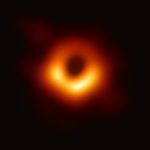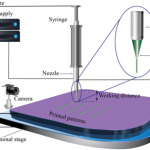THÔNG BÁO SEMINAR
Bộ môn Vật lí Đại cương kính mời quý thầy cô, các bạn sinh viên dự Seminar khoa học:
Người trình bày: TS. Ha Tran
Laboratoire de Météorologie Dynamique
Ecole Polytechnique, Sorbonne Université, CNRS, Paris
htran@lmd.ipsl.fr
Thời gian: 10h30 Thứ Năm, ngày 23 tháng 05 năm 2024
Địa điểm: Phòng họp Khoa Vật lí, 136 Xuân Thủy, Cầu Giấy, Hà Nội
Collisional effects on the line shape and high-precision remote sensing
Abstract:
Atmospheric remote sensing is mainly based on spectroscopy, with the physical and chemical
properties of the atmosphere derived from the interpretation of spectra. The analysis of measured
data, mostly conducted through the so-called ‘inversion’ procedures, requires knowledge of the
intrinsic spectroscopic parameters of absorption lines (positions, intensities, spectral shapes).
Collisions between molecules must be considered, as their effects result in modifications of the
line shape under various atmospheric conditions (pressure, temperature). It is now well-known that
the widely-used Voigt profile, which considers only Doppler and pressure broadenings, does not
accurately describe absorption line shapes of molecular gases. For an isolated optical transition,
this discrepancy is due to the neglect of collision-induced velocity changes and the speed
dependences of collisional parameters. Additionally, for closely spaced lines, collisional line
interferences due to population transfers may also have significant effects. It will be shown that
accounting for these refined effects is essential for correctly modeling measured spectra, and that
spectral shapes have become a key issue for high-precision soundings. Comparison between
laboratory, atmospheric spectra and refined models for atmospheric greenhouse gases will be
presented showing important improvements.




